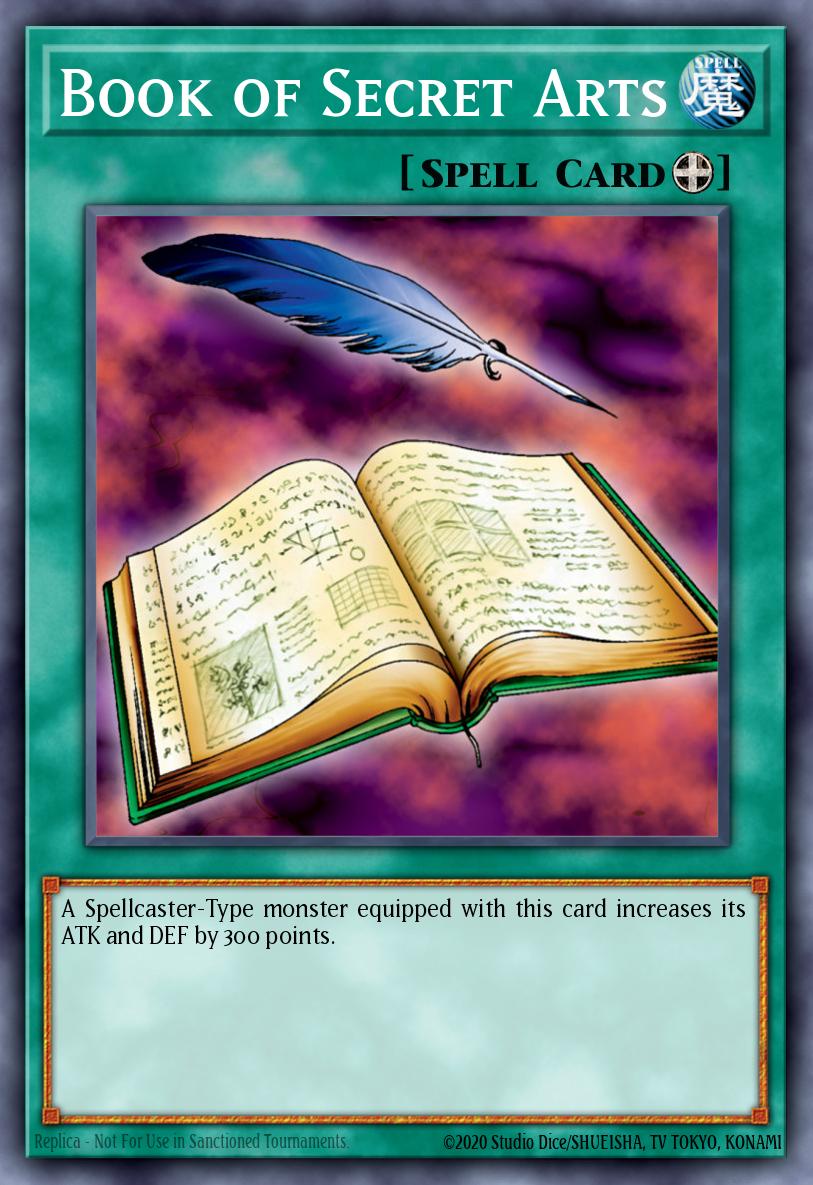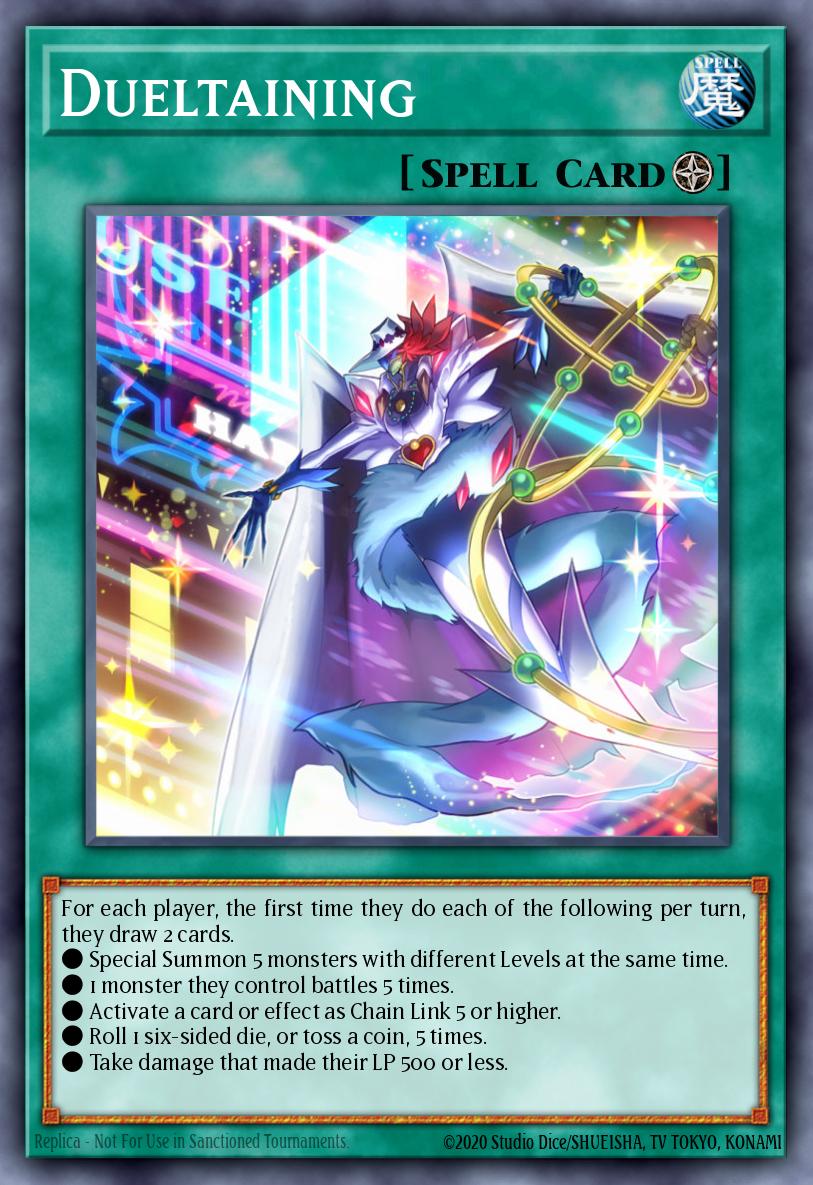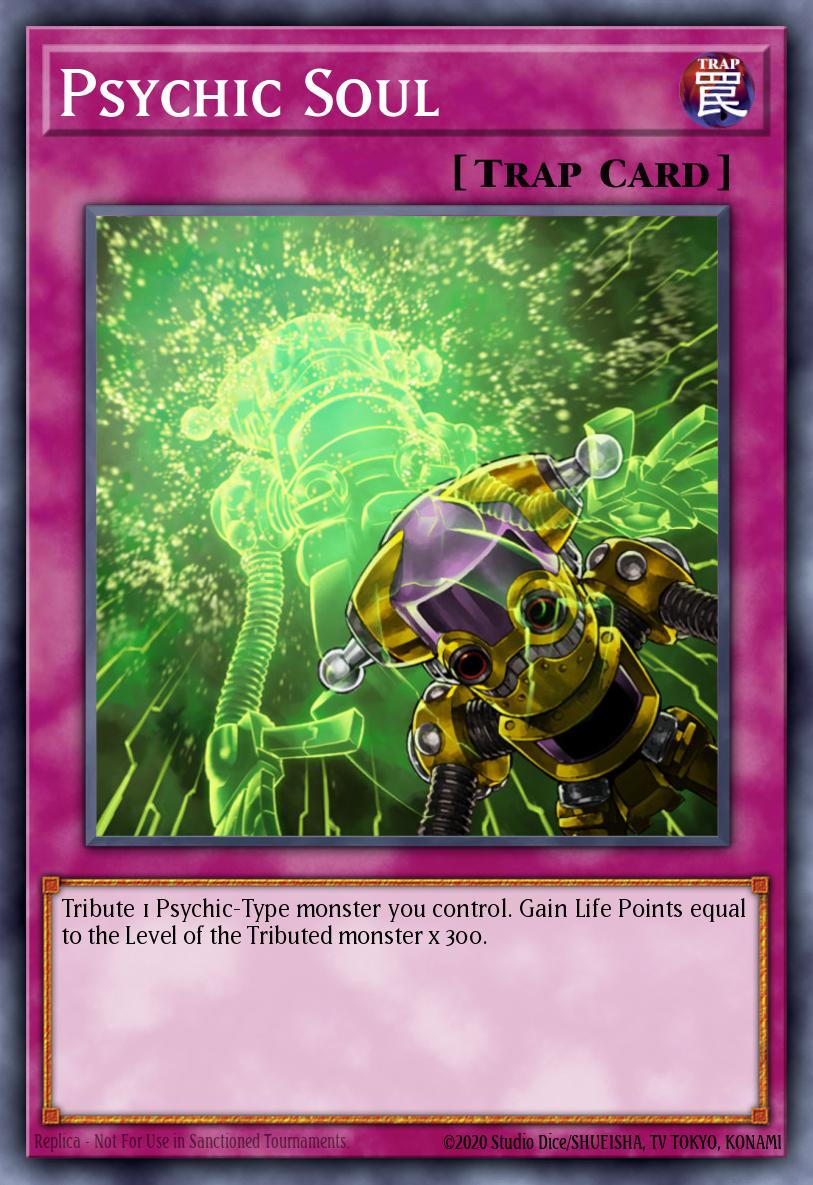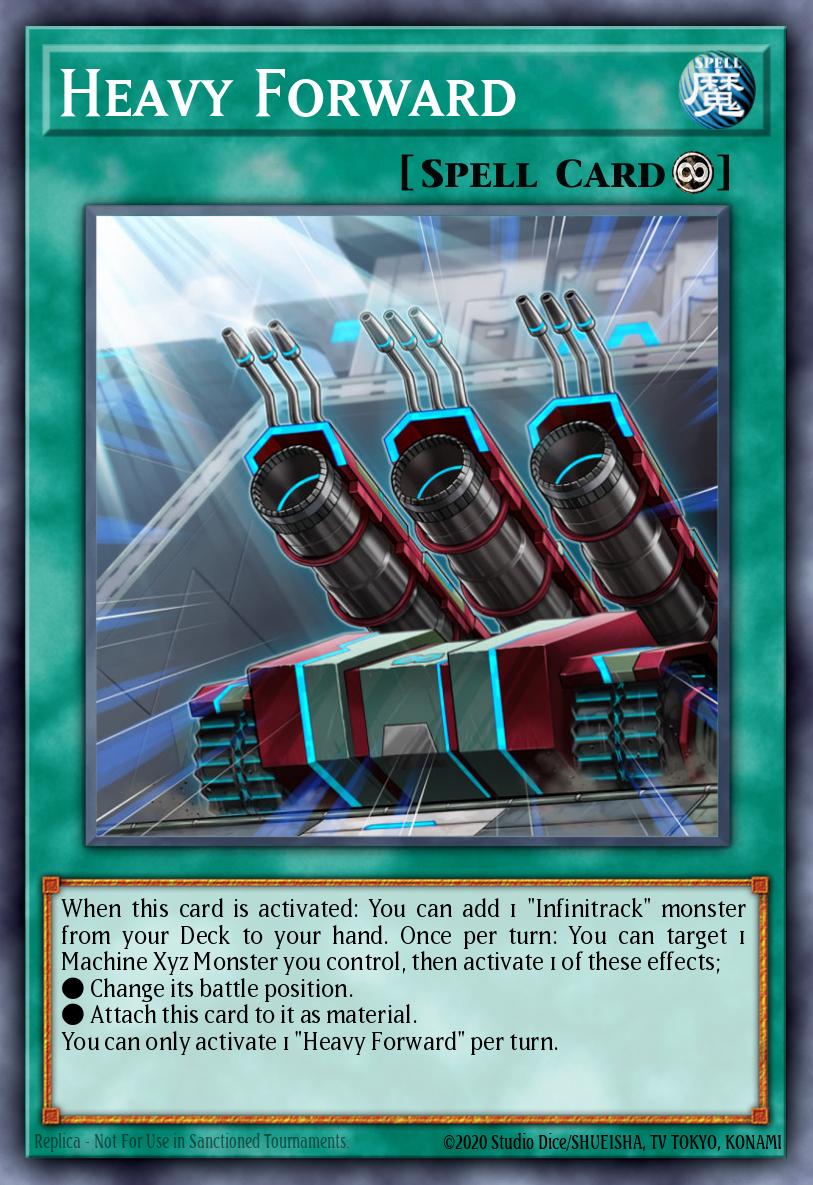The Design of Yu-Gi-Oh 1: Built for Spectacle
This is the beginning of a new series that is all about the game design of Yu-Gi-Oh. For those that don't know, "Game Design" refers to the rules and systems of the game; visual design is the art of a game while game design is everything in the manual, basically. It's a wide and big topic which requires multiple parts to fully disect. Today we'll lay the groundwork of the game, in order to expand on this groundwork on the later chapters.
Paragraph 1: A Brief History Lesson

Before the Yu-Gi-Oh Trading Card Game, there was merely 遊☆戯☆王, Yu-Gi-Oh, "Game King", a weekly series on Shounen Jump about a boy and his pharaoh who challenges various evil doers to varied games. Originally they played several different games - be it board games, dice games, gambling, it didn't matter at the time. Eventually, Kazuki Takahashi, its creator, decided he wanted to put Magic The Gathering as one of the games played - due to legal reasons he couldn't, of course, and so he ended up creating Duel Monsters.
Duel Monsters was an instant hit with the readers, making it be brought back time and time again until it eventually took over the entire series. When the anime rolled around Duel Monsters had already swallowed the franchise, making the anime centered around it. Inititally Duel Monsters as seen on the anime didn't had concrete rules and was very loose, but as printings of the TCG started happening in Japan quickly the anime and manga started following strict rules as well.
Paragraphs 2: Building for a Show

Yu-Gi-Oh the card game was originally built to be read and watched, not played. This is why many of its ealiest design decisions are the way they are; they're there to make manga readers more excited.
One of the main examples is the numbers: Each player has 8000 life points and monsters have ATK and DEF stats in multiples of 100, for the most part. It's pretty well-known in the Yugioh community that you could reduce all numbers in the game by 100 and have the game barely change: 80 life for each player and monsters with 18 ATK or 30 ATK (for monsters with 1800 or 3000 ATK, respectively).
What this reading fails to acoount, however, is the emotional impact of the numbers. What's more exciting, when the antagonist summons a monster with three thousand attack or when they summon one with just thirty? Having such big numbers makes reading the manga (or playing the game) more exciting, even if they have two meaningless zeroes on the ATK and DEF.
On another example, the combat damage rules are also in place for spectacle. In Magic The Gathering, for example, you either hit your opponent directly for full damage or hit a creature and deal no damage to the enemy player. In YGO, however, two attack position monsters hitting each other makes the player with less ATK take damage. This helps the spectacle of the fight as both combatants always are inching closer and closer to defeat rather than that only happening in big swings like in MtG.
Furthermore, the Attack and Defense Position mechanic helps signal the intentions of the characters: a character swapping all their monsters to defense position clearly signals they want to play defensively while one switching a defensive monster to attack clearly signals an offensive push. In games with no attack or defense positions, wanting to do a defensive play often boils down to not attacking with a monster. That could make the reader confused: why did they not attack there? Did they forget? With Attack Position and Defense Position it becomes clear: the character swapped the monster to defense for a defensive play and thus it can't attack. Way more clear on the intentions of the character.
Paragraphs 3: The Transition from Fiction to Physical

But all of that regards to the game played on the manga - it all carried over to the physical game but what about the changes that came to its transition to real life cards, with real gameplay? The transition from mechanics only possible in the manga to real life lead to many interesting and key decisions that would shape the game - forever.
The first of such changes was the Fusion Deck - later renamed to the Extra Deck. The Extra Deck is one of, if not Yugioh's most insane, brilliant and game-changing innovations. In the anime and manga, the characters used a card called Polymerization in order to fuse monsters together into new monsters with new designs and powers. In the realm of fiction, such a mechanic is great and exciting. But in real life the fusions needed to be actual physical cards. Thus, the Fusion Deck was born to house these cards summoned off Polymerization. The Fusion Deck would sleep tight for a while, however - for the first few years of the games' life it would be merely a gimmick and not used in competitive play.
More interesting than the mechanics added to smooth out the transition is a mechanic that wasn't added: a way to induce deck diversity. The vast majority of card games have mechanics in place to prevent players from just placing all the best cards in the game in one deck: In Magic there are colors, in Pokemon there are Energy cards, et cetera.
This lead to the first few years of Yu-Gi-Oh to be dominated by goodstuff decks - decks that are just piles of the 40 best cards in the format. Most decks also shared a big pool of staple cards as well, too. This would lead to the eventually introduction of Archetypes later down the line in order to solve this problem and bring more order to this chaos.
Part Conclusion
 That was a brief dive into the design of the earlymost inception of Yugioh, from its origin as a Magic ripoff in the manga to the hoops it had to jump in order to become a real life physical trading card game. That is only part of the story, however - this basic blueprint will only be expanded more and more in the following years until it became something much, much different: Modern Yu-Gi-Oh, with negates, disruption, combos, OPTs and HOPTs and a lot more juicy and interesting game design components.
That was a brief dive into the design of the earlymost inception of Yugioh, from its origin as a Magic ripoff in the manga to the hoops it had to jump in order to become a real life physical trading card game. That is only part of the story, however - this basic blueprint will only be expanded more and more in the following years until it became something much, much different: Modern Yu-Gi-Oh, with negates, disruption, combos, OPTs and HOPTs and a lot more juicy and interesting game design components.
But we shouldn't get ahead of ourselves - before delving into modern YGO itself we must first ask ourselves: How did we get from here to there? And that's what we'll answer next time on part 2: The Evolution of the Design! Next chapter we'll answer:
- How did Yu-Gi-Oh incentize variety of strategies and decks?
- How did Archetypes come to be widespread and change the game?
- And how does the Extra Deck tie into it all?
All of that and much more has the same answer: The Gladiator Beasts. See you in part 2.




